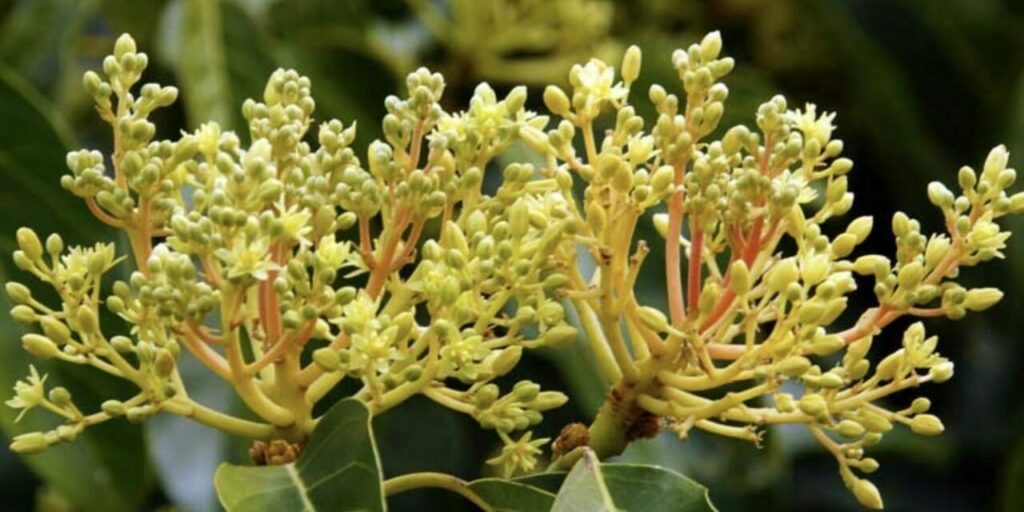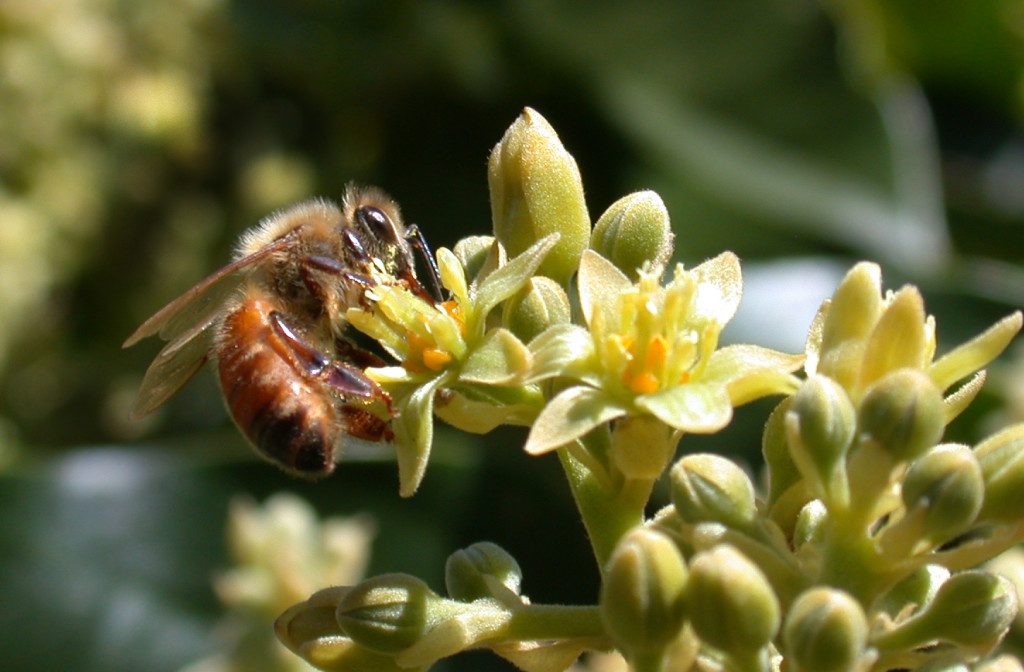Fruit trees go through various phenological stages, from seed germination, transplantation, sprouting etc., a couple of these stages and that could be considered the most important are flowering and fruiting (full of fruit) which for commercial orchards are the basis of production and quality.

It is called “mooring”, as the time and space in which the flower’s ovule has been fertilized and the fruit begins its formation (Rebolledo and Romero, 2011). The mooring is fundamental to obtain more and better harvests, however, in many fruit trees the flowering is abundant and the mooring is much smaller in number, such is the case of the avocado tree.
During flowering, the avocado tree can generate from one to two million flowers, of which only a proportion that ranges between 0.001% (Davie et al., 1995) and 0.1% (Bergh, 1967) achieves fruit set. This is a considerably low proportion but, according to several authors, it is necessary since the avocado tree would possibly not be able to “fill” these fruits with quality.

The ability to set and grow of an avocado fruit can be fully expressed if carbohydrates, growth regulators, nitrogenous compounds, water and nutrients are available in sufficient quantity (Bower et al., 1990) and when the crop enters pre-flowering, flowering , mooring and fruit filling, the tissues enter into competition, precisely because of these photosynthates-type compounds.
Different applications of both nutrients and phytohormones have been carried out to improve binding and filling. Foliar applications of N in avocado during the period of expansion of the inflorescence (“cauliflower stage”) have shown an increase in the viability of the ovule and the number of pollen tubes that reached the ovule (Jaganath and Lovatt, 1996), which It has a direct influence on performance. Also, when pollination and fertilization occur, a high concentration of carbohydrates has been observed in the developing ovary (Espíndola, 2007).

Flower set and low yields in avocado could also be reduced due to abiotic stress that is reflected as a result of climate changes and water disorders. On the other hand, biotic stress, such as thrips attack, mainly reduces the quality of the fruit.
 AgronoBlog – Agriculture Blog
AgronoBlog – Agriculture Blog 